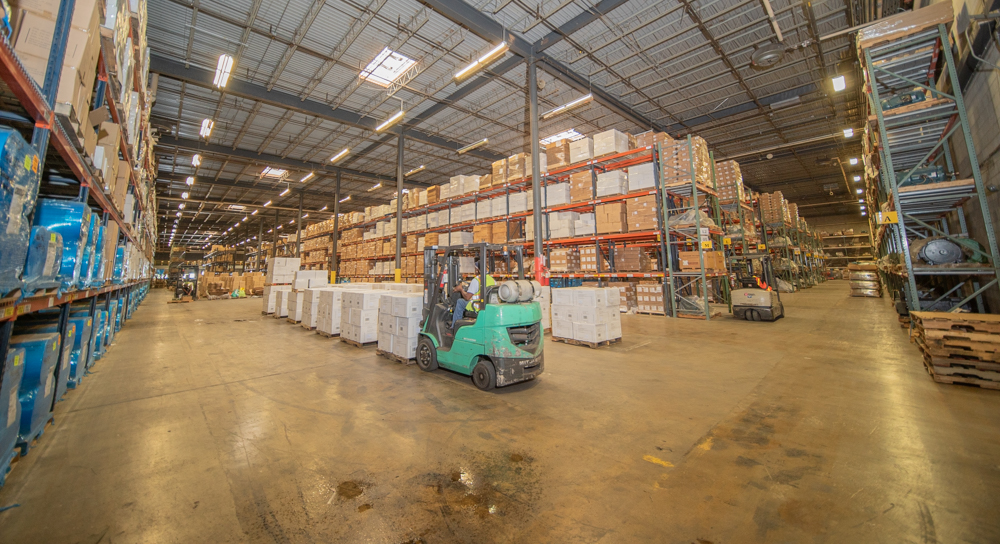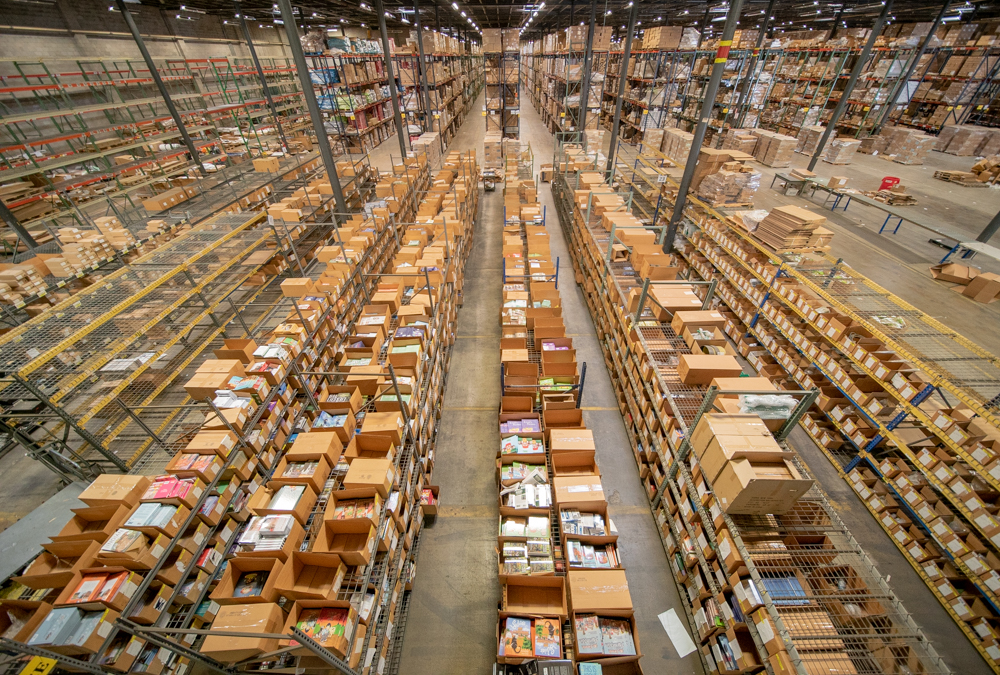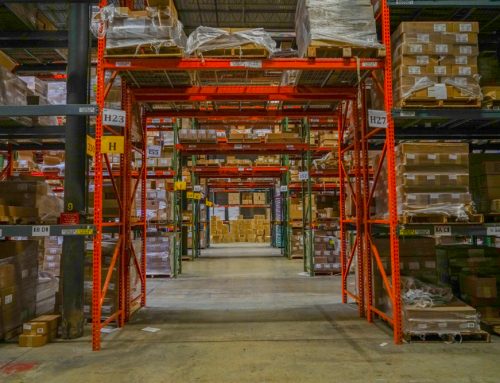Our society is ever-changing and ever-expanding. In this day and age of expanding global supply chains and networks, efficient, data-driven supply chain planning is more critical than ever before. Although developing detailed supply chain charts might seem to be a waste of valuable time because you can’t predict everything (COVID-19, anyone?), it’s important to always remember companies do not operate in a bubble on their own.
Every single decision your company makes effects operations, sales and the partners you work with on a daily basis. If you lean toward over-forecasting, you or your partners might have too much stock to store or take a loss on. If you under-forecast, you might not have enough to provide to consumers. This is why it is crucial as a business to develop strong supply chain management strategies that support your business in all cases and partner with a reliable Richmond Va Courier Service.
What is a Supply Chain?
Supply chain management can be defined as “the active management of supply chain activities to maximize customer value.” In layman’s terms, it is the flow of your goods and services and all the details therein. Supply chains need to be effective, efficient, and productive.
Think of it like this, the overall business strategy/vision of your company charts the direction which you aspire to go. Once you have the direction, your operations department can then begin working in that direction. Suppliers, distributors and consumers each play their role in the chain to keep your business up and running. As the market becomes more competitive, you must trust the solid relationships you’ve built with everyone involved to ensure that your business continues to grow in the direction of your overall strategy. In addition, a supply chain can aid in unlocking new creation and competitive advantage within your company.
It is important that companies not only have times of supply chain planning but that they also implement effective strategies that leverage proven techniques in order to create the best possible forecasts for their business.
How do businesses then create solid supply chains that won’t sink their efforts? Easy, technology. Forecasts have improved by ions because of the technological advances that our society has made. No longer is it up to one person to run simulations and assumptions. Now, computers can do the task of running simulations and analyzing the outcomes of them in half the time. Supply chains have moved from the traditional day-to-day execution method to planning farther into the future. Companies now have the special job of being more flexible and agile than ever. Decisions must be made quicker as the sales turnaround moves a lot quicker.
Basic Elements of a Supply Chain
To start reaping the benefits of a supply chain, you first must understand the basic elements that make up a supply chain. You already know that a supply chain is a basic forecast of optimizing the goods and services of your company. It’s how you get from supplier to customer and balancing the supply and demand of that.
Supply chains normally will outline your upcoming year or even go beyond that. It is what you project to happen as you move forward towards certain revenue and volume goals.
Traditionally, those planning the supply chain will sit down and go over the sales of the previous year and look forward to where the company wants to be by the end of the current year. Looking at the output of sales and operations forms the demand plan (the anticipation of the demand for product). The demand plan drives the supply chain so it is important for those planning to ensure that the plan is as stable and realistic as possible in order that the supply chain produce results in a cost-effective manner.
How to Build a Solid Supply Chain
It should be clear by now that a supply chain involves a lot of moving parts and in order to achieve the highest-performance collaboration with all those involved (except the direct consumer) is required. In the past, this type of planning was very much “closed door” which resulted in disjointed plans, data discrepancies and some not even aware that there was a plan that was being followed.
Today, building up a supply chain will typically involve a representative from every part of the company that is involved. This can include sales, finance, marketing, operations, third-party liaisons, materials, product management and so much more. Together, these representatives come together to share data from their respective departments, discuss insights and performance and ultimately make decisions for the future.

*Quick suggestion: Creating easy to digest visuals rather than boring, long-winded spreadsheets will help everyone understand the situation and options. Everyone can actively and effectively participate in the planning process.
It is helpful to share any relevant information before everyone comes together to meet in order that any questions or concerns can be written down to discuss in person. It is also important that teams meet on a regular basis in order to keep everyone informed and up-to-date.
When building a supply chain, the broad steps to follow are:
- Define Your Plan It is important that when planning the chain supply that a statistical forecast is generated to align with the season and life trends.
- Develop Inventory Strategy. In order to maintain and manage input and output, you will want to define stocks and replenishment points.
- Optimize Supply. Find ways to fill in any supply gaps that might cause a break in your chain.
- Avoid Limitations. You will want to ensure there is enough capacity to fulfill any increase in demands as well as balancing worker capacity.
- Make Strong Decisions. When taking a birds eye view of your plan, you want to evaluate any present financial trade-offs in order to maximize revenue to reach your main business goal.
How to Handle Constant Change
Now, we all know there is no guarantee that all plans will work out the way we desperately want them to. Even if an organization has the most effective strategy for supply chain management, constant change is inevitable and it will complicate this process.
But don’t worry or stress!! There is a way to handle it.
As a business, it is your responsibility to stay ahead of the trend. To do that, you have to stay in the know about what people are enjoying and leaning towards. What do you consumers like currently and what will they turn to next?
For example, if you’re in the electronics business, it is wise to know that big companies are frequently releasing newer models to replace older and outdated items. In the past, electronics had a lifespan of about 2-3 years. Now, though, we are seeing products have a lifespan of a year or less due to the ever-changing wants of society.
When changes arise, supply chain planners have to meet and discuss how their company can best respond to these changes. Sometimes this can mean going back to the drawing board; creating a brand-new plan; or factoring in some challenging details, like securing inventory buffers to support operations changeovers.
Leverage External Partners to Make Your Supply Chain Successful
Clearly, building a solid supply chain is time consuming and no easy task on its own. For companies, especially small businesses, it can be smart to look to outside sources to add as part of the chain so all the work does not fall on you.

That’s where a company like Orbit Same Day can come in. Orbit Same Day is your full-service courier and warehousing solution. Our company has been the solution and saving grace for a variety of businesses. We specialize in same-day courier services Richmond which can make your supply chain quicker than all your competitors. Our warehousing services can provide you with stock room so you don’t have to worry about over-forecasting. Businesses of all sizes can benefit from what Orbit Same Day has to offer.
The Future
You now have all you need to know and the resources to back it up. Of course, it is hard to accurately guess what the future will look like. As companies learn to rely more heavily on technology for their predictions and third-party liaisons (like Orbit Same Day) to aid in the output of product, the process of supply chain management will continue to remain very nuanced due to the plethora of factors and priorities involved.
Your planners will look to data and dashboards to create big picture projections, evaluate trade-offs and make decisions that allow the company to meet its overall goal. Your company will become more and more agile and flexible. External liaisons will become a critical piece. These relationships will enable your company to quickly scale inventory and production in order to meet the changing trends and needs of your consumers. With collaboration, everyone involved (employees, partners and consumers) are in for a win!
If you are looking to add to your supply chain, contact us at Orbit Same Day so we can get you set up!






